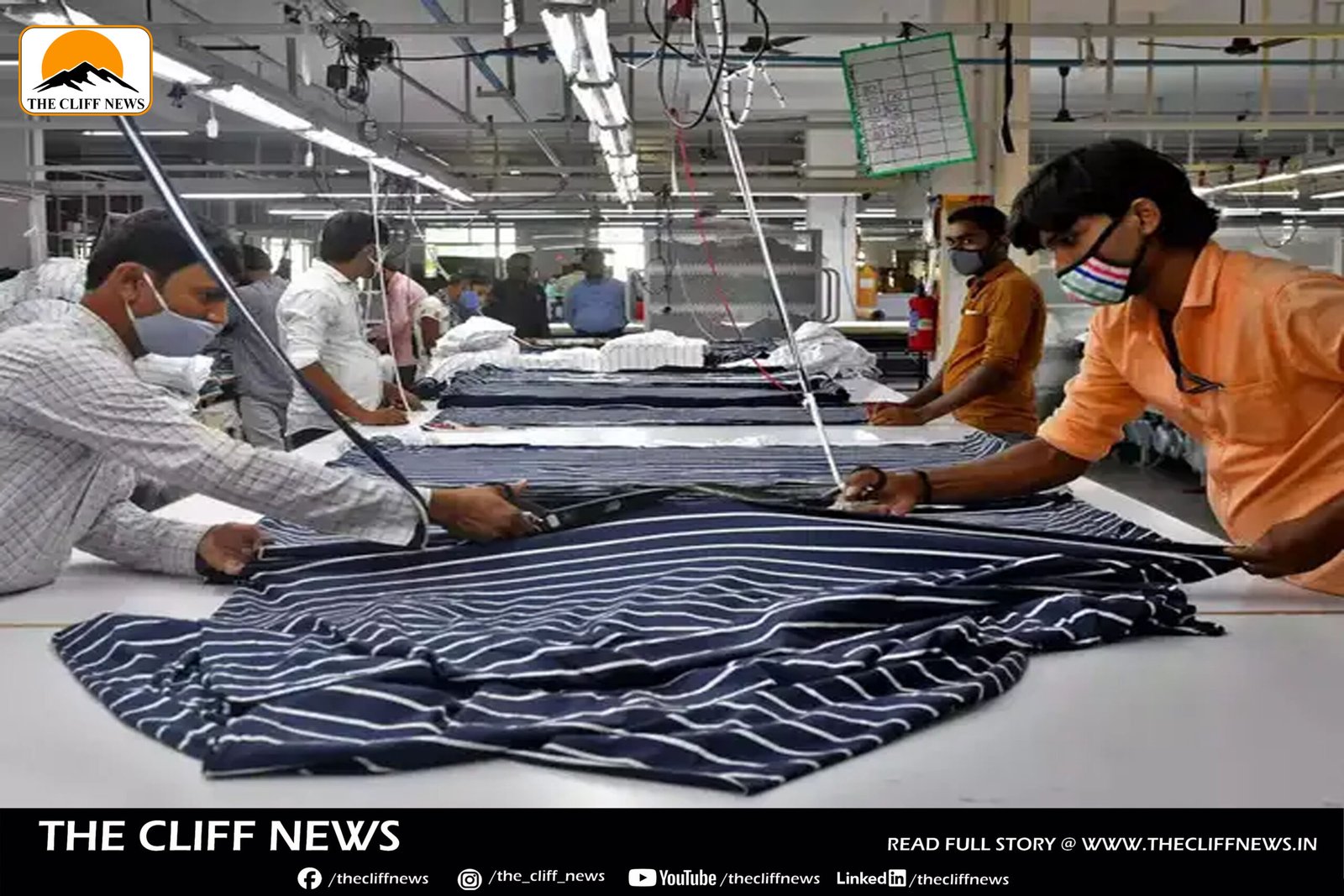In a strategic move aimed at strengthening the domestic textile industry, India has imposed restrictions on garment imports from Bangladesh through land routes. The decision, expected to create a market opportunity of over ₹1,000 crore for Indian manufacturers, is designed to curb the indirect influx of Chinese fabrics and promote local production.
The Directorate General of Foreign Trade (DGFT) recently issued a notification prohibiting the import of garments and related products via land ports. However, import through seaports such as Kolkata and Nhava Sheva remains permitted. This move seeks to close a key loophole that allowed duty-free garments from Bangladesh—made with Chinese fabric—to enter Indian markets under the South Asian Free Trade Agreement (SAFTA), bypassing the 20% import duty on direct Chinese imports.
Industry leaders have welcomed the decision. Rakesh Mehra, Chairman of the Confederation of Indian Textile Industry (CITI), said the measure was in part a response to Bangladesh’s April 2025 restriction on cotton yarn imports from India—a product that constitutes nearly 45% of India’s cotton yarn exports. Mehra noted that the new policy would prevent backdoor entries and allow Indian yarn to be redirected to local apparel manufacturers.
Similarly, Santosh Katariya, President of the Clothing Manufacturers Association of India (CMAI), praised the decision for protecting domestic MSMEs from the flood of low-cost foreign-made garments. He emphasized that this aligns with the government’s broader vision of self-reliance in the textile sector.
While the move is expected to benefit Indian manufacturers in the long run, industry insiders anticipate short-term supply chain disruptions. Apparel brands—both domestic and international—may face logistical challenges, and consumers could see a 2–3% price increase on popular winter garments like T-shirts and jeans due to the realignment of sourcing channels.



